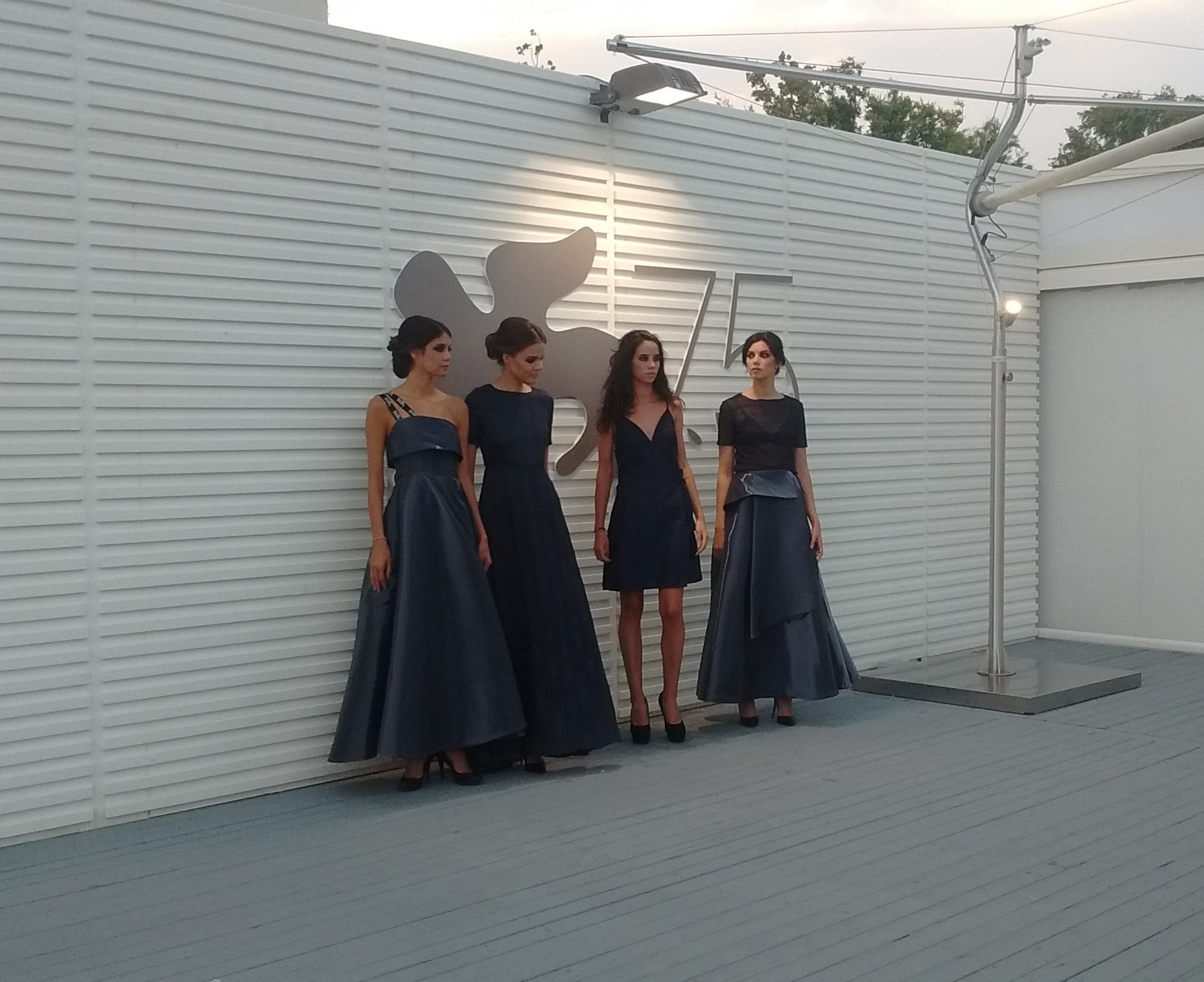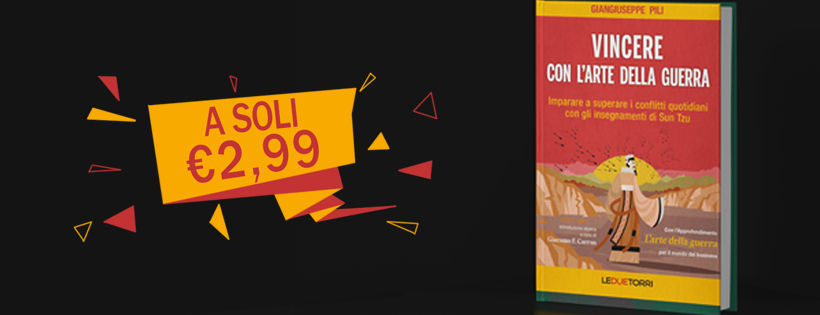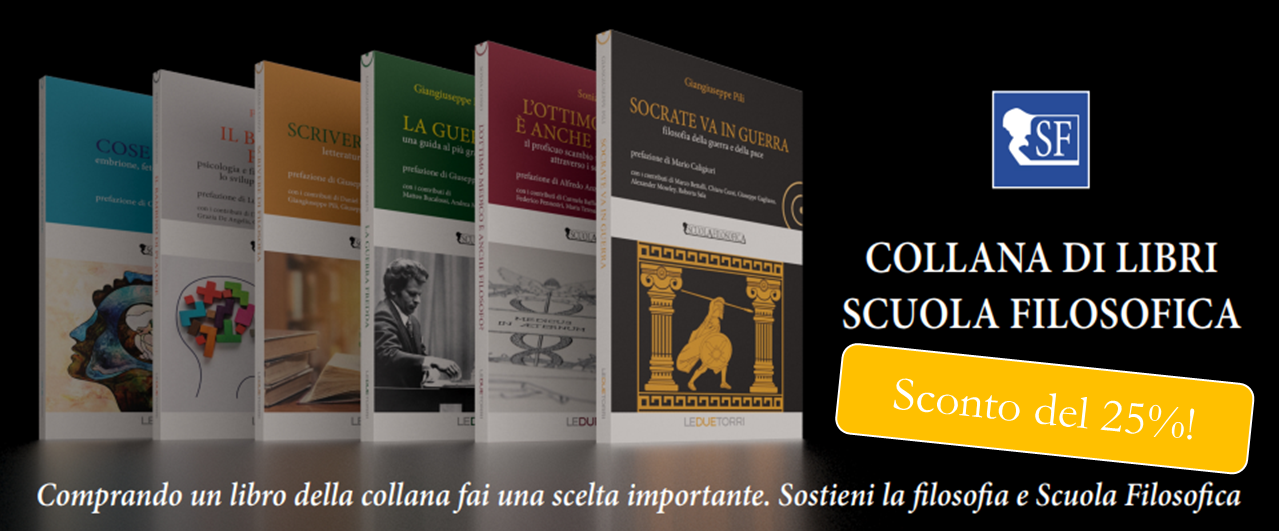
Venere in cornice è la nuova rubrica che raccoglie le mie recensioni d’estetica al glamour & fashion fotografico. Così, io continuo idealmente il progetto che già svolsi per “Discorsivo” Giornale, dal 2012 al 2022.
A posare, è sempre il soggetto femminile. Gli scatti hanno un taglio esteticamente variegato. Si passa dalla sessione in studio alla panoramica in esterna, dal bianconero al retouching colorato, dall’outfit fashion al semplice selfie, ecc…
Naturalmente, non esiste un canone preciso in merito alla bellezza femminile. Tuttavia, io preferisco selezionare le modelle da cui sono attratto in prima persona. Non vale solo una pre-comprensione per così dire “istintuale”. Nelle mie recensioni d’estetica (funzionali per l’arte contemporanea a 360°) io ho sempre seguito il metodo fenomenologico di scrittura. Grazie a questo, è necessario un allenamento ad “entrare”, con la propria immaginazione, nelle strutture che regolano gli enti immediatamente percepiti. Si partirà dal senso più potente fra tutti: la vista.
Il lettore della mia rubrica, Venere in Cornice, imparerà il modo in cui i concetti letteralmente “s’abbinano” l’uno con l’altro. Il principio è un po’ lo stesso che applichiamo nel gioco enigmistico de Il bersaglio. Ad esempio, un occhio introspettivo va immaginato al raccoglimento del busto, ed ambedue (se presi assieme) ci faranno percepire una catena dell’anima, forse per il simbolismo d’una sofferenza. Questo è il “gioco” tramite cui un critico sa “entrare”, con la fenomenologia estetica, nell’opera d’arte innanzi a lui.
In particolare, io scrivo le recensioni al glamour & fashion fotografico seguendo l’immaginazione materiale di Gaston Bachelard. Così, un oggetto semplicemente familiare ci sollecita in via estetica se lo sogniamo “vicino a noi”. Quello è spinto alla propria “risalita”. L’immaginazione d’un oggetto familiare ci permette di dargli un “rango”, il quale accompagnerà le “sfide” (situazionali) della nostra esistenza. Nel contempo, la banalità del materialismo acquista l’umanismo d’una familiarità. Né vale una “fredda” contemplazione, con la quale noi restiamo ancora “separati” dall’Alterità (da percepire idealisticamente come sopra la nostra esistenza).
In una poesia, infatti, gli enti “riaffiorano” da un senso simbolico. Là, noi possiamo compartecipare attraverso una reinterpretazione. La nostra immaginazione sarebbe “rannicchiata” nell’animo del linguaggio. La poesia non ha i pensieri separati (da un’Alterità che li rimette a sé), poiché essi letteralmente tornano in noi. L’immaginazione appartiene al nostro animo. Se contemplando ci si rende “inferiori” all’Alterità, con la poesia “ci s’immerge” nell’Alterità. L’immaginazione consente di ri-configurare qualcosa, lasciandola ai “confini” di se stessa, dove manca la stabilizzazione della visione oculare. Specialmente chi sogna ha i pensieri che vanno “angolandosi”. La loro delimitazione d’un significato (per la comprensione finale) ci pare solo “ricamata”.
La fotografia glamour deve scongiurare il rischio d’una banalizzazione sul nudo. Allora, essa ricerca il lirismo. Inoltre, la modella ha tutto l’interesse a sedurre il suo osservatore. Nel complesso, per me diventa “facile” applicarvi, in sede di recensione, l’immaginazione materiale di Gaston Bachelard.
Tutti i testi che ho scritto partono da una citazione, presa da autori diversi (filosofi, poeti, scrittori, musicisti, registi ecc…), di cui riporto pure l’esatta bibliografia.
Introduction to the Column “Venus in Frame”
Venus in frame is the new column that gathers my aesthetics reviews about glamour & fashion photography. So, I ideally continue the project that I already developed for “Discorsivo” Magazine, from 2012 to 2022.
There, always the female subject is in pose. The shots have a style aesthetically variegated. They pass from the study session to the panoramic view in external, from the black and white to the colour retouching, from the fashion outfit to a simple selfie, etc…
Of course, a precise standard about the female beauty does not exist. However, I prefer to select the models for whom I have a personal attraction. Not only a pre-comprehension so to speak “instinctual” is important. In my aesthetics reviews (functional to the contemporary art in 360°) I always followed the phenomenological method of writing. Through this one, a training is necessary, to “enter”, with the own imagination, in the structures which regulate the beings immediately perceived by us. We will start from the strongest of all the senses: the sight.
The reader of my column will learn the way in which the concepts are literally “combined” with each other. The fundamentals are almost the same that we apply in the word puzzle called The target. For example, an introspective eye has to be imagined at the crouching of the bust, and both of them (if they are taken together) will allow us to perceive a chain of the soul, maybe for the symbolism of a suffering. This is the “game” through which a critic knows how to “enter”, with the phenomenological aesthetics, in the art work in front of him.
In particular, I write the reviews for the glamour & fashion photography following the material imagination of Gaston Bachelard. So, an object simply familiar tickles us in aesthetic way if we dream it “next to us”. That one is led to the own “ascent”. The imagination of a familiar object allows us to give to it a “rank”, which will accompany the (situational) “challenges” of our existence. In the same time, the banality of the materialism acquires the humanism of a familiarity. Neither a “cold” contemplation, through which we still remain “separated” by the Alterity (that we have to perceive idealistically as over our existence), is valid.
In a poem, in fact, the beings “reemerge” from a symbolic sense. There, we can share through a reinterpretation. Our imagination would be “crouched” in the soul of the language. A poem has not the separated thoughts (by an Alterity which brings back these to itself), because they literally come back to us. The imagination belongs to our soul. If during a contemplation we make ourselves “inferior” to the Alterity, with the poetry “we are immersed” in the Alterity. The imagination allows to re-configure something, leaving it at the “borders” of itself, where the stabilization of an eyesight is lacking. Especially somebody who dreams has the thoughts that are going to “angle” themselves. Their delimitation of a meaning (for the final comprehension) seems only “embroidered” to us.
The glamour photography has to avoid the risk of a banalization of the nude. So, it researches the lyricism. In addition, the model has all the interest in seducing her observer. Overall, I find it to be “easy”, in the course of a review, for my application of the material imagination from Gaston Bachelard.
All the texts that I wrote start from a quote, taken by different authors (philosophers, poets, writers, musicians, directors etc…), of which I report also the exact bibliography.




Be First to Comment